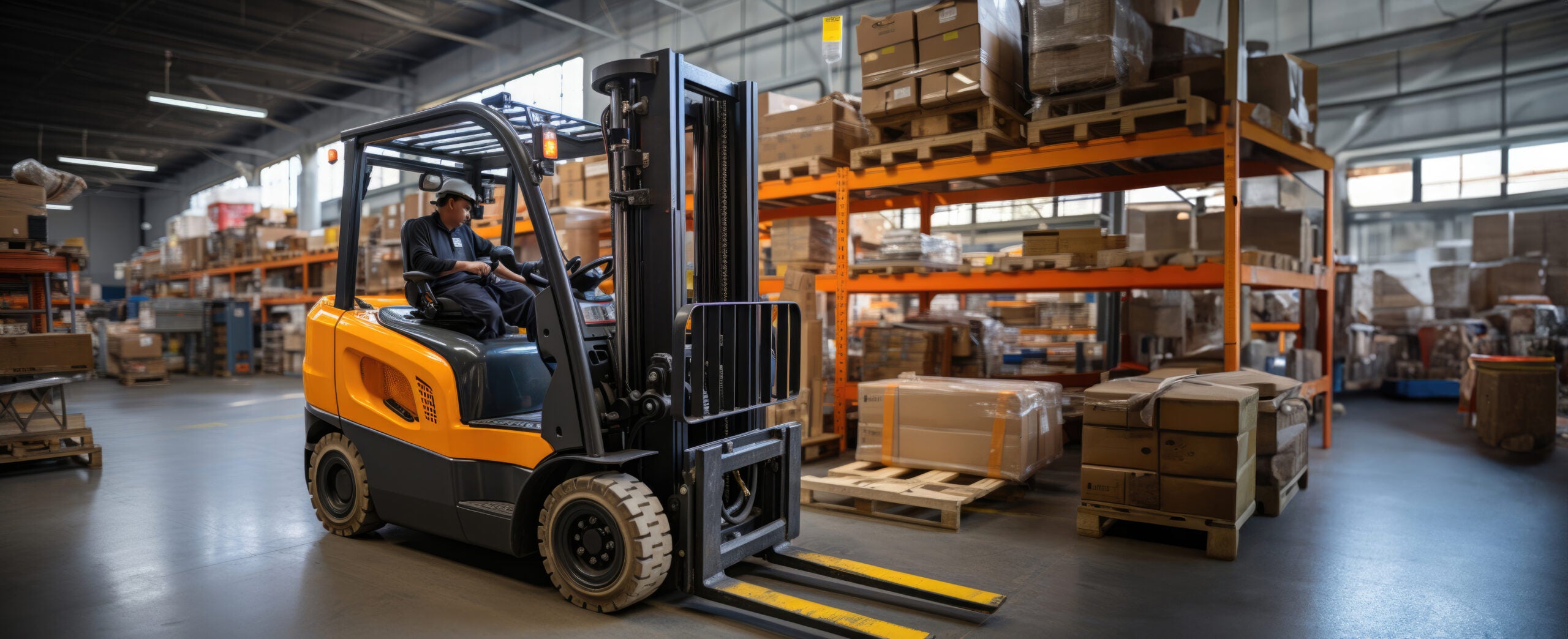Why Planned Preventative Maintenance is Important For Your Loading Equipment
By: Becky Wilson

As any warehouse manager knows, the efficiency and reliability of loading bay equipment is central to being able to operate your supply chain successfully.
All loading bay solutions, whether dock levellers or other installations contribute a large part of what makes the loading bay efficient. Therefore, it is essential that you develop strategies to protect anything going wrong with this equipment.
One key strategy that could help not only to ensure the longevity of your loading equipment and its optimal performance is Planned Preventative Maintenance (PPM). Below, we ask experts in planned preventative maintenance for loading bay solutions to explain the concept of PPM and describe how important it is in a warehouse environment.
What is plan preventative maintenance?
There is no point in waiting until your equipment is on its last legs before opting to have it repaired. Planned preventative maintenance is a proactive approach to ensuring your loading bay equipment is consistently working as it should. This is a great approach taken in a warehouse environment, as the cost of downtime and unexpected breakdowns can be substantial, leading to financial loss and even the loss of clients in some instances.
The key components of planned preventative maintenance
There are several key parts of PPM, including:
Scheduled inspections – there must be regular and systematic inspections of all of your loading equipment. You must examine the dock levellers, vehicle restraints, doors, and any other loading bay solutions you employ on a very regular basis. By scheduling this into your regular day-to-day tasks, potential issues can be identified early.
Predictive analysis, – This involves analysing how long you are likely to have before a part or a solution itself fails. It is essential that you keep a record of the maintenance of your equipment to see whether any patterns develop. That way, you can put in preventative measures to ensure that wear and tear is fixed before it goes too far.
Parts replacement planning – There are certain parts of loading bay equipment that may need parts replaced every so often. Hydraulic seals and springs as well as safety features are just some examples. Pre-empting and pre-ordering parts in accordance with how long such parts last can avoid you having to shut down while you await the delivery of a new part.
Why PPM is important
PPM as parts of a warehouse-wide strategy can help to optimise the efficiency of the warehouse through:
- Reduced downtime – It is entirely possible to reduce the downtime caused by equipment failures using PPM. By identifying parts that may need to be replaced, and pre-empting the need to have an engineer visit, you can ensure that maintenance is done at quieter times, and causes little disruption to your warehouse operations.
- Cost efficiency– Well planned, preventative maintenance takes some time and therefore will come at a cost. However, its benefits outweigh this outlay. Emergency callouts and quick delivery for replacement parts will cost more than a regular engineer’s visits.
- Enhanced safety – Loading equipment must remain in compliance with safety standards. Regular inspection and maintenance can help to identify any risks that could cause harm to your employees. This can help to reduce the risk of injuries at work.
If you have been thinking that it is time to stop the reactive maintenance and repair of your loading bay equipment, why not consider putting together a plan for preventative maintenance that could help to improve the efficiency of your operations. If you’re unsure as to where to start, your equipment provider may be able to provide guidance based on their knowledge of your current equipment.
844 Views












